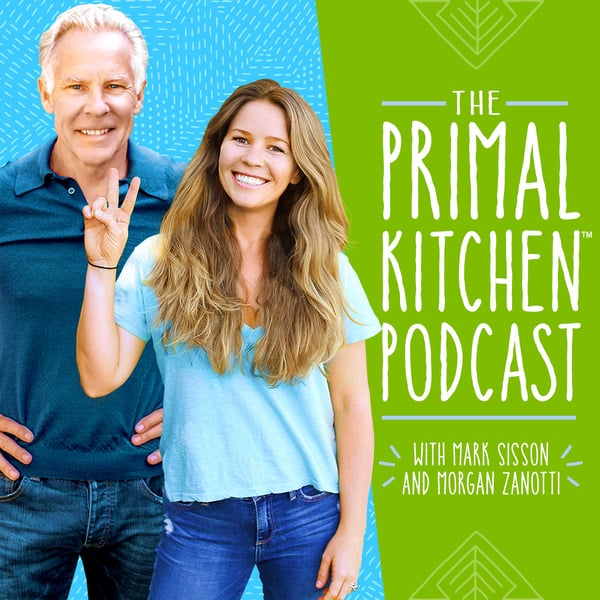The Definitive Guide to Traditional Food Preparation and Preservation
The Primal Kitchen Podcast
Mark Sisson & Morgan Zanotti
4.4 • 717 Ratings
🗓️ 27 March 2015
⏱️ 17 minutes
🧾️ Download transcript
Summary
Before huge multinational corporations did it for us, humans had to figure out how to turn raw, unrefined formerly-living things into food that could be cooked or eaten. And before standup freezers, refrigerators, ice boxes, canned soup, bagged bread, tinned fish, and grocery stores hit the scene, we had to figure out how to preserve foods.
(This Mark's Daily Apple article was written by Mark Sisson, and is narrated by Brock Armstrong)
Transcript
Click on a timestamp to play from that location
| 0:00.0 | The following Mark's Daily Apple article was written by Marxist and is narrated by Brock Armstrong. |
| 0:13.6 | The definitive guide to traditional food preparation and preservation. |
| 0:20.4 | Before huge multinational corporations did it for us, humans had to figure |
| 0:25.3 | out how to turn raw, unrefined, formerly living things into food that could be cooked or eaten. |
| 0:32.7 | And before stand-up freezers, refrigerators, icebox, canned soup, bagged breads, tinned fish, and grocery stores |
| 0:40.3 | hit the scene, we had to figure out how to preserve foods. Yes, we humans were a wily resourceful bunch, |
| 0:48.7 | still are, if you give us half a chance, who came up with an impressive number of food preparation and preservation |
| 0:55.3 | and preservation techniques over the ages. Some techniques were designed solely to preserve food, |
| 1:01.0 | some improved the taste, others increased the density of the nutrients, as well as our ability |
| 1:07.1 | to access them. Still, others were simply concerned with removing natural toxins and making |
| 1:13.0 | the food safe to eat. And some techniques accomplish some or all of the things all at once. |
| 1:20.0 | Whatever the technique, however, from basic mechanical pounding to month-long fermentation, |
| 1:25.7 | these methods all sought to accomplish one simple thing. |
| 1:29.9 | Increase the availability of safe, nutritious, digestible caloric energy. |
| 1:35.9 | Let's take a look at some of them and explore what, why, and how they work. |
| 1:41.5 | Soaking. What and when? |
| 1:44.7 | Soaking, also known as steeping, is a basic elementary step in traditional food preparation, |
| 1:50.8 | especially that of cereal grains, legumes, and anything bound for fermentation. |
| 1:56.6 | As long as people have been relying on grains and legumes as a large source of calories, |
| 2:01.6 | they have been soaking them. |
| 2:03.6 | Because, well, you'll see when you get to the why. |
| 2:07.6 | How? |
... |
Please login to see the full transcript.
Disclaimer: The podcast and artwork embedded on this page are from Mark Sisson & Morgan Zanotti, and are the property of its owner and not affiliated with or endorsed by Tapesearch.
Generated transcripts are the property of Mark Sisson & Morgan Zanotti and are distributed freely under the Fair Use doctrine. Transcripts generated by Tapesearch are not guaranteed to be accurate.
Copyright © Tapesearch 2025.

